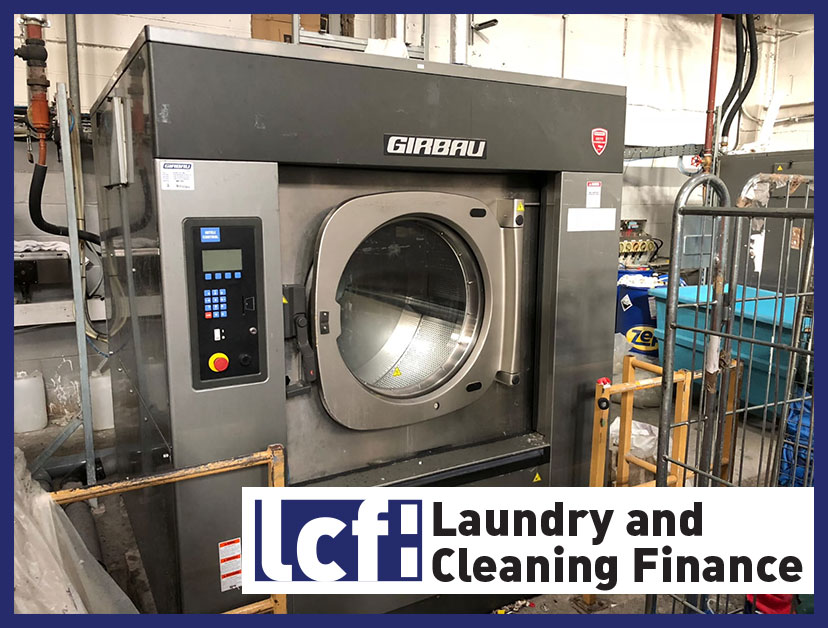Once you have found the right laundry or cleaning equipment our finance experts will help you find the most suitable finance package to successfully acquire it.
With so much choice and so many options it can be confusing, especially as the supplier wants a quick decision so the machine can be ordered.
The team at Laundry and Cleaning Finance are committed to helping seek finance options suitable for specific customer needs.
With such a choice finance options it can be confusing but we believe that talking to our finance experts will be a refreshing change.
We will provide Friendly, honest, unbiased advice on the ‘best-for-you’ finance options; whether choosing; Lease Finance, Hire Purchase Finance or looking at unsecured loans.
Asset finance is a catch-all term covering a number of business funding options that all involve the physical assets of your business. More common forms of asset finance include Hire Purchase agreements, asset-backed loans and various Leasing options. The common aim is to improve your business’ cash-flow by releasing the cash that would otherwise be tied up in its physical assets.
There are a wide variety of different financing arrangements that all fall under the heading of asset finance. All have quite similar overall effects on your business but operate rather differently.
If your business needs to buy a new asset there are three principal types of asset finance that may be open to you:
Your businesses chooses the asset it requires (machinery, vehicles, etc.) and enters into an arrangement with a finance company. The finance company purchases the asset and, in return for regular payments, your business gets to use it. Although the asset is owned by the finance company, under a finance lease the risks of owning the asset – for example, maintenance costs – are all the responsibility of your company.
On expiry of the finance lease, your business may have the option to take legal ownership of the asset through a pre-agreed mechanism, or may be able to continue leasing the asset but at a nominal cost.
Finance leases are most commonly used by businesses wishing to use a significant asset for a long period of time with the option of taking legal ownership in the future.
As with a finance lease, your businesses chooses the asset it requires (machinery, vehicles, etc.) and enters into an arrangement with a finance company. The finance company purchases the asset and, in return for regular payments, your business gets to use it. The asset is owned by the finance company and they also take on responsibility for the risks of ownership, for example maintenance costs. On expiry of the finance lease, there usually isn’t an option to take legal ownership of the asset (although this may be negotiable at the time).
Operating leases are most commonly used by businesses wishing to use an asset for a shorter period of time. They are more flexible than finance leases but will be more expensive as the finance company is taking on the risks.
Hire Purchase arrangements are similar to Finance Leases in that your business takes on the asset’s risks such as maintenance whilst the finance company retains ownership. However, Hire Purchase agreements are structured so that once you have made the final payment ownership of the asset transfers to your business. Sometimes this final payment may be optional.
Hire Purchase is used by businesses who have a high expectation that they will wish to acquire an asset but want to spread payments over time.
If your business already owns an asset and is looking to release the value tied up in that asset there are two different types of asset finance that may be open to you:

Asset-backed loans are business loans that are secured against an asset your business owns. Unlike many other forms of asset finance, your business retains ownership of the asset in question. The asset is used as security for the loan and may, therefore, be seized if your business fails to keep up payments.
As with asset-backed loans, sale and leaseback arrangements are suitable if your business already owns an asset. To free up the value in the asset you can sell the asset to a finance company for cash and simultaneously enter into a leasing agreement whereby you continue using the asset in return for regular payments. This form of arrangement is more common for high-value assets such as car fleets.
The complexity of asset finance can be daunting. It’s certainly worth approaching a provider that offers a wide range of asset finance arrangements (most do) and discussing your needs with them. Alternatively, approach a broker or consider using an independent consultant.
Asset finance can provide a significant boost to your business’ cash-flow
Your business may be able to expand faster using asset finance arrangements
Depending on the type of asset finance arrangement, your business may no longer have to worry about maintenance or repair to assets as these will be organised and covered by the finance company
Future profits will be decreased through payments to the finance company
Asset finance arrangements can be complicated and some can be hard to terminate
If your business defaults on repayments it may lose access to the asset(s) in question, which could be a major problem for your business